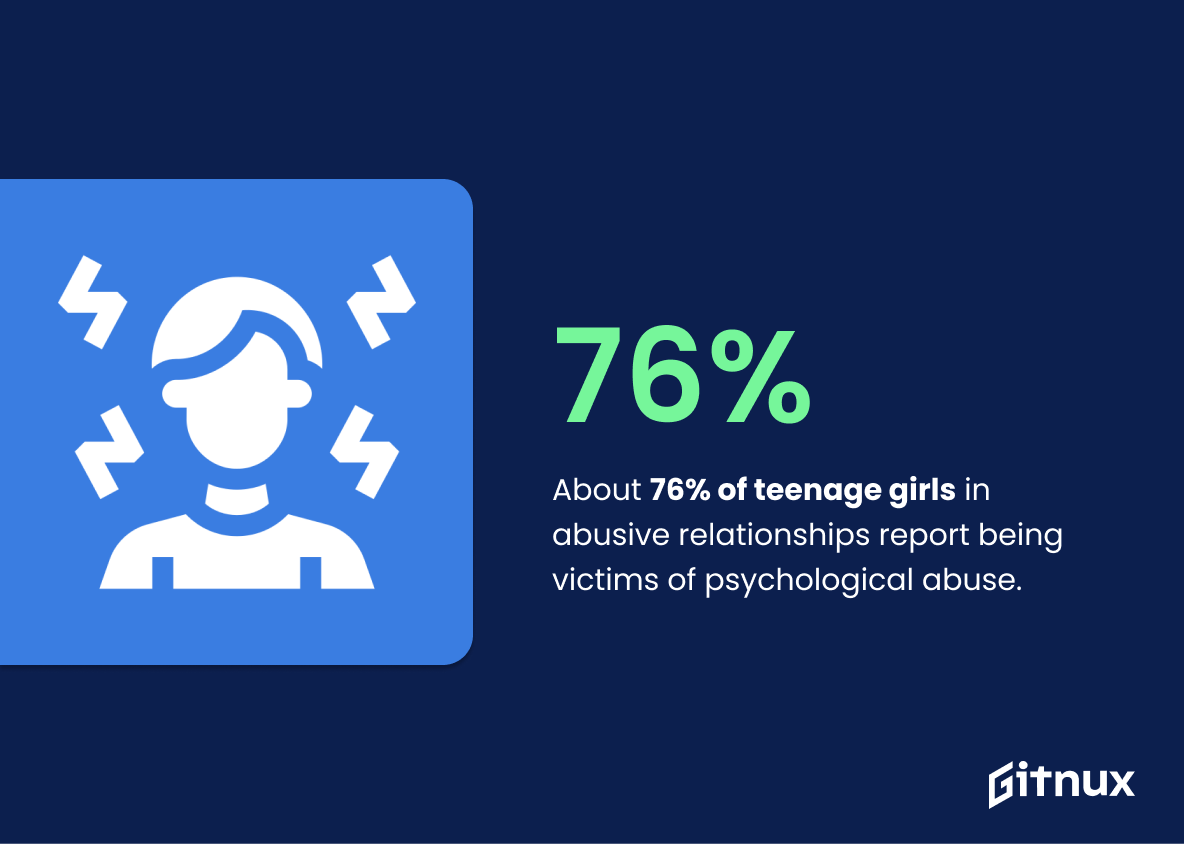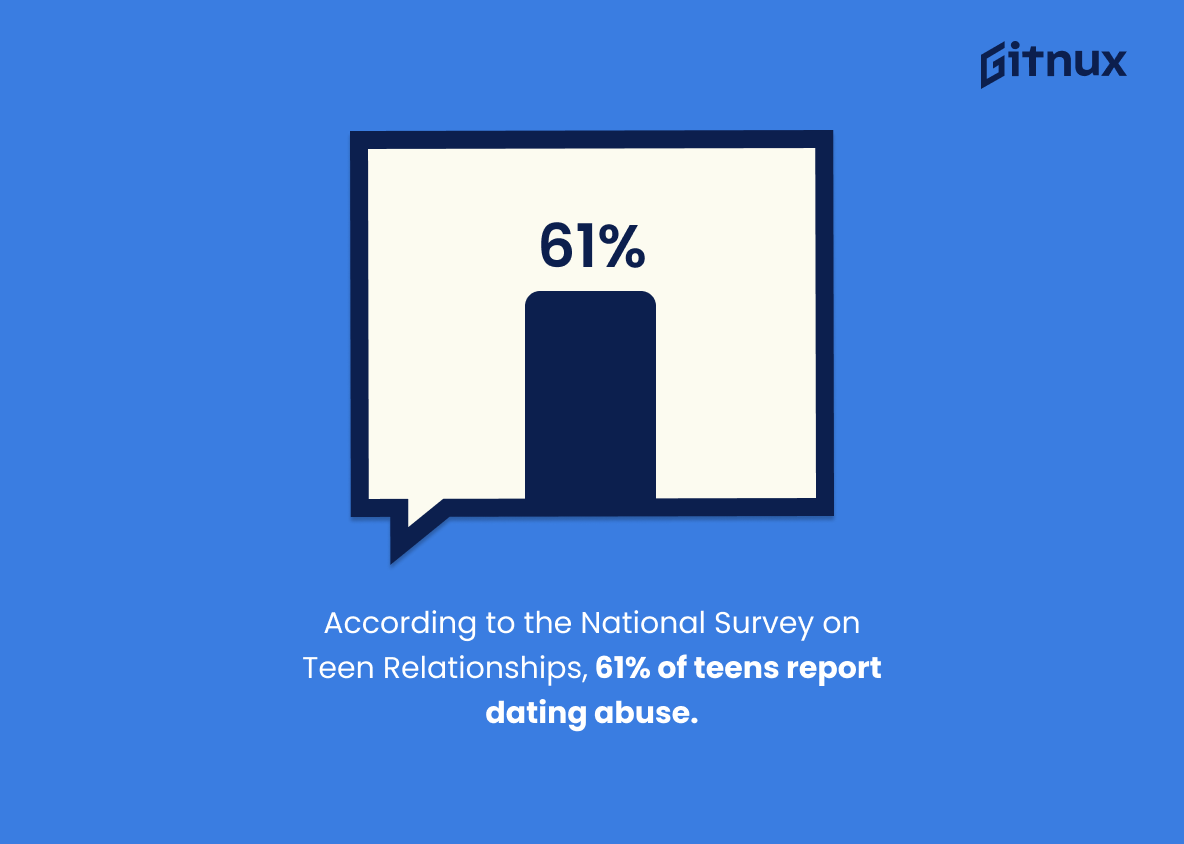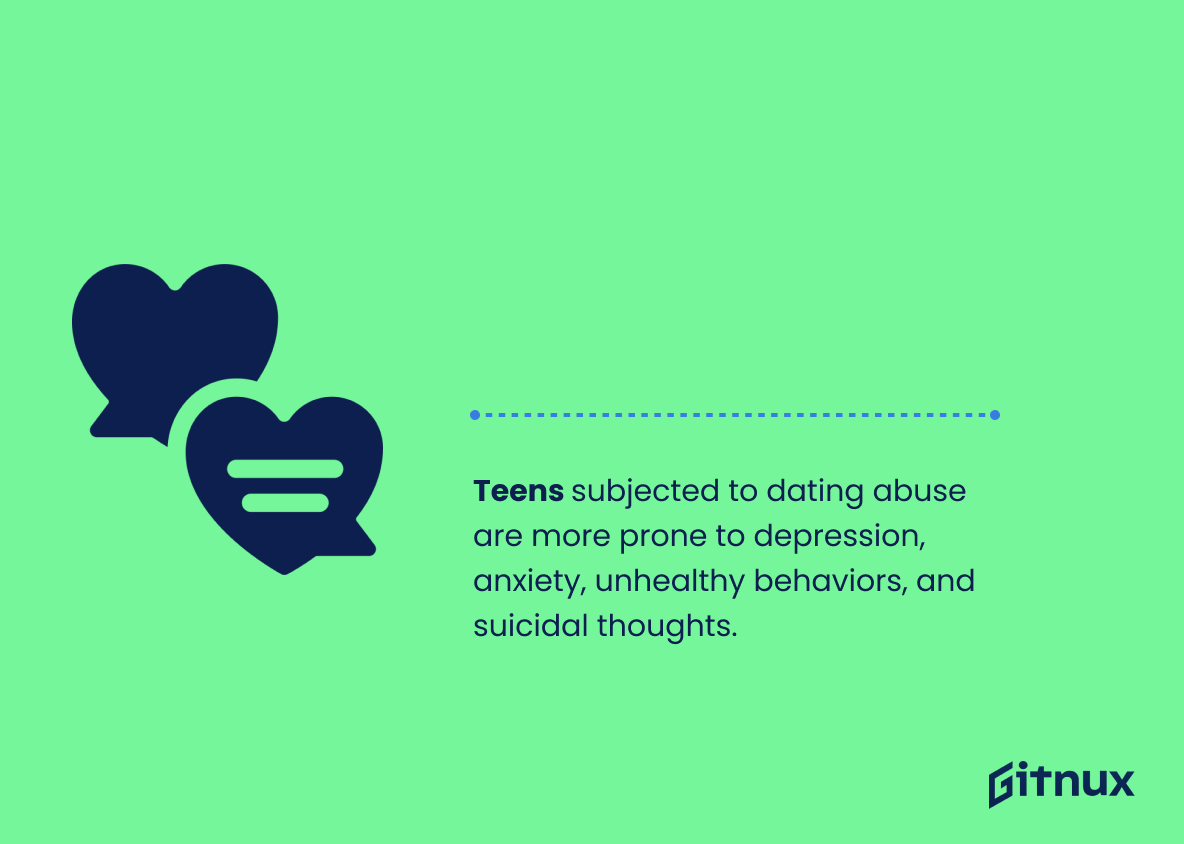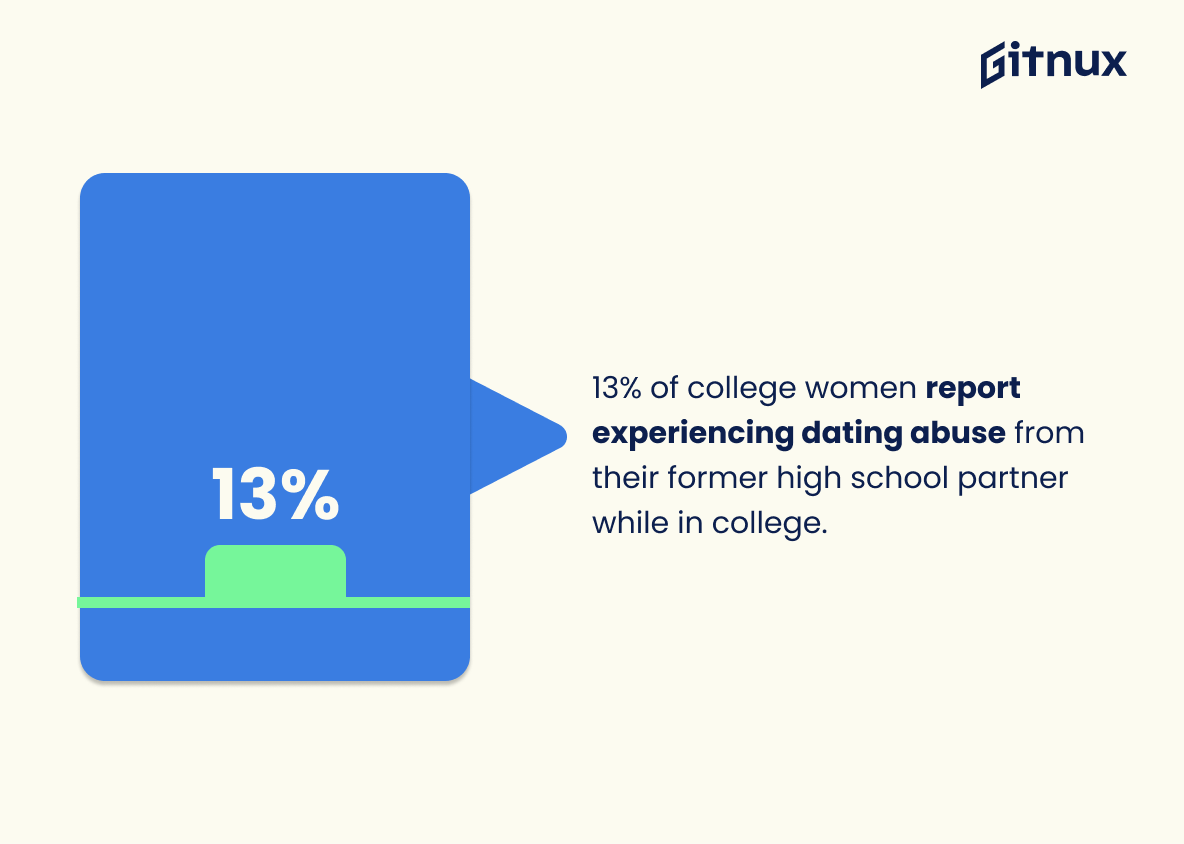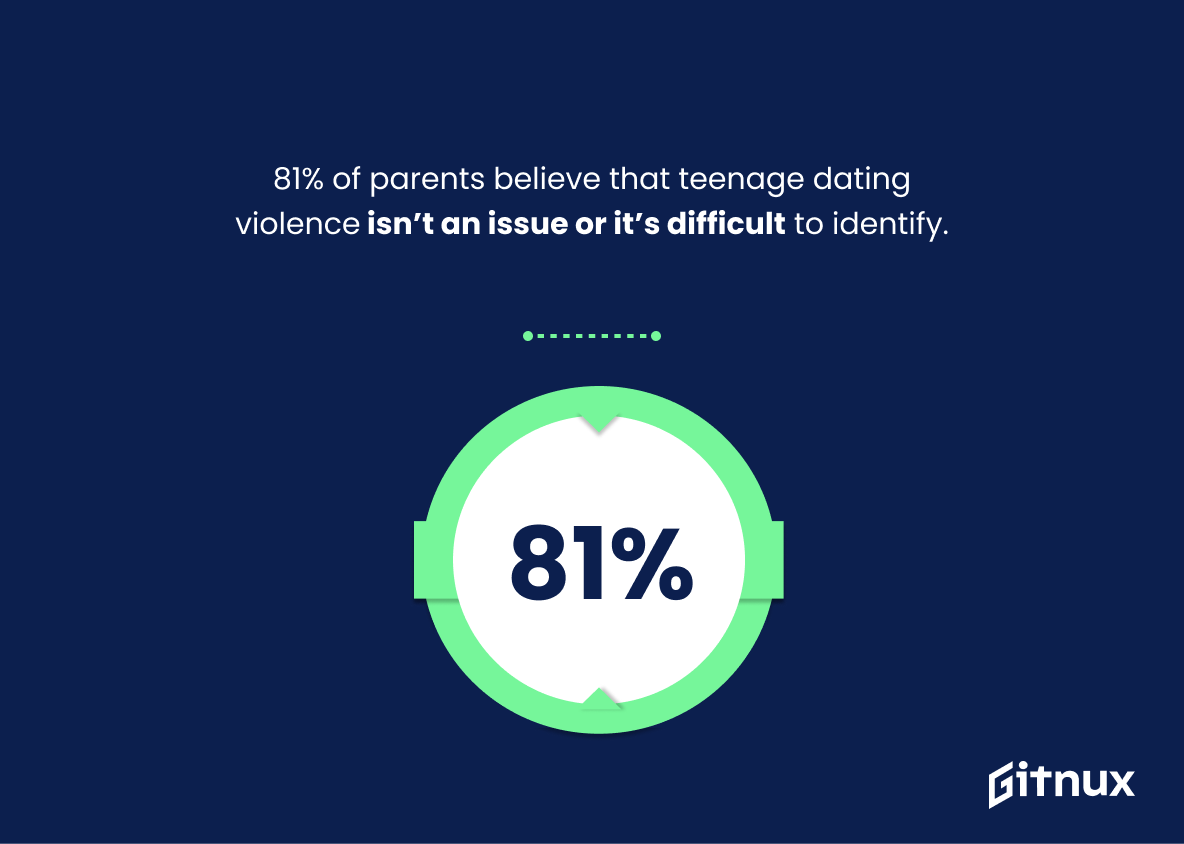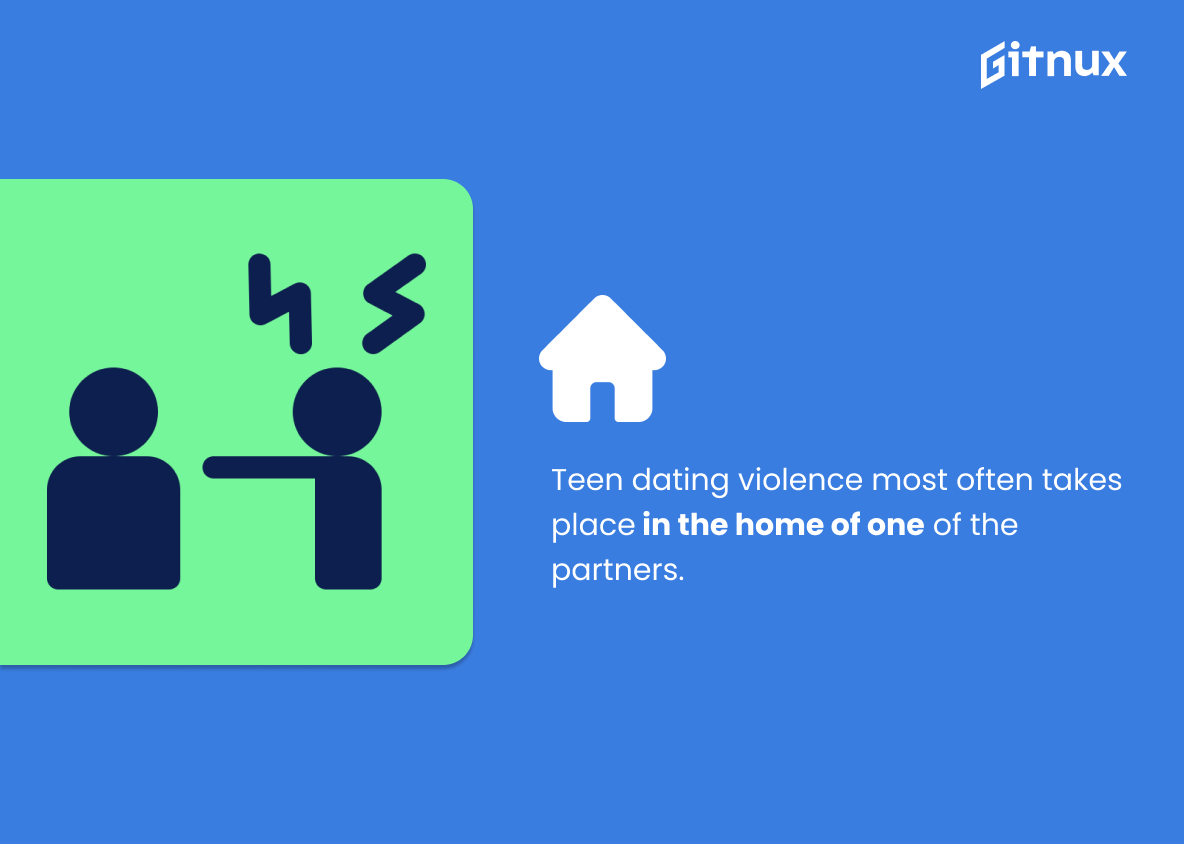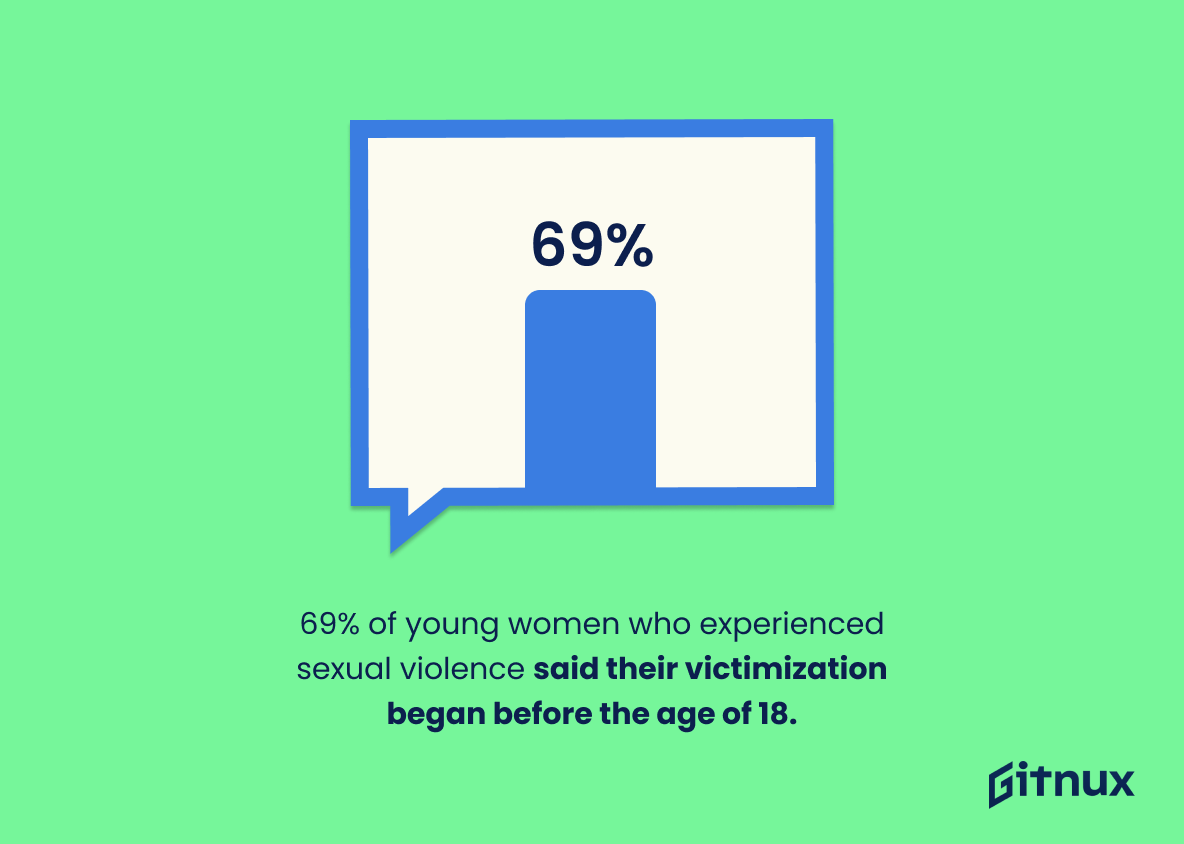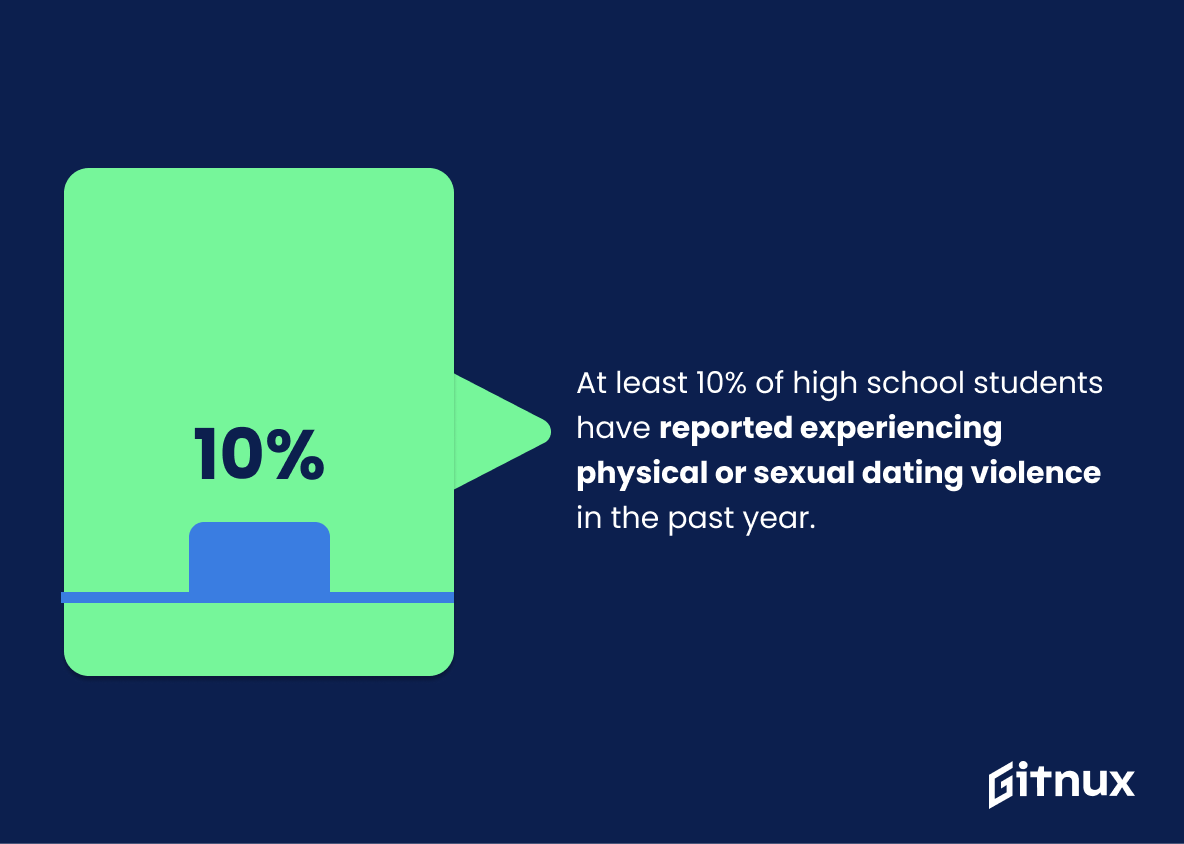Abusive teenage relationships are a serious issue that affects millions of young people across the United States. The statistics on this topic can be alarming, but it is important to understand them in order to better protect our youth from harm. This blog post will explore 20 different statistics about abusive teenage relationships and their effects on teens’ physical, mental, and emotional health. We’ll look at how often these types of abuse occur among high school students as well as college-aged individuals, what forms they take (physical or sexual violence), who is most likely affected by them (girls versus boys) and more. By understanding these facts we can work together towards preventing teen dating violence before it starts.
Abusive Teenage Relationship Statistics Overview
Around 76% of teenage girls who have been in abusive relationships report they were victimized by psychological abuse.
This statistic is a stark reminder of the prevalence of psychological abuse in teenage relationships. It highlights the need for greater awareness and education about the signs of psychological abuse, as well as the importance of providing support to those who have been affected by it. It also serves as a call to action for parents, teachers, and other adults to be more vigilant in recognizing and intervening in potentially abusive relationships.
According to the National Survey on Teen Relationships and Intimate Violence, 61% of teens report experiencing abuse within a dating relationship.
This statistic is a stark reminder of the prevalence of abuse in teenage relationships. It highlights the need for greater awareness and education on the issue, as well as the need for more resources to help teens who are in abusive relationships. It is a call to action for parents, teachers, and other adults to take steps to ensure that teens are safe and supported in their relationships.
Teens who suffer dating abuse are more likely to experience depression and anxiety, engage in unhealthy behaviors, and consider suicide.
This statistic is a stark reminder of the devastating effects of abusive teenage relationships. It highlights the need for greater awareness and education about the dangers of such relationships, as well as the importance of providing support and resources to those affected. It also serves as a warning to parents and guardians to be vigilant in monitoring their teens’ relationships and intervening if necessary.
13% of college women report experiencing dating abuse from their former high school partner while in college.
This statistic is a stark reminder of the prevalence of dating abuse among college women, and how it can follow them from their high school relationships into college. It highlights the need for increased awareness and education about the signs of dating abuse, as well as the need for support services for those who have experienced it. It is a call to action for parents, educators, and other adults to take steps to ensure that young people are safe and supported in their relationships.
81% of parents believe that teenage dating violence isn’t an issue or it’s difficult to identify.
This statistic is a stark reminder of the reality that many parents are unaware of the prevalence of teenage dating violence. It highlights the need for greater education and awareness of the issue, so that parents can be better equipped to recognize the signs of an abusive relationship and take appropriate action.
Teen dating violence most often takes place in the home of one of the partners.
This statistic is a stark reminder that abusive teenage relationships can take place anywhere, even in the supposed safety of one’s own home. It highlights the need for parents and guardians to be aware of the signs of abuse and to take steps to ensure that their children are safe from harm. It also serves as a warning to teens that they should be aware of the risks of dating violence and to take steps to protect themselves.
69% of young women who experienced sexual violence reported that their victimization first occurred before the age of 18.
This statistic is a stark reminder of the prevalence of sexual violence among young women, particularly those under the age of 18. It highlights the need for greater awareness and education about the dangers of abusive teenage relationships, as well as the importance of providing support and resources to those affected.
LGBTQ youth experiencing dating violence were less likely to seek help from professionals or trusted adults (7.5% to 12.5%) compared to heterosexual youth (15.6%).
This statistic is a stark reminder of the unique challenges faced by LGBTQ youth when it comes to dating violence. It highlights the fact that they are less likely to seek help from professionals or trusted adults, which can lead to a greater risk of harm and a lack of support. This is a concerning issue that needs to be addressed in order to ensure that all young people have access to the help and resources they need to stay safe.
Teens who experience dating violence are at an increased risk of being involved in violent relationships later in life.
This statistic is a stark reminder of the long-term consequences of teenage dating violence. It highlights the importance of intervening early to prevent the cycle of violence from continuing into adulthood. It also serves as a warning to parents and educators to be aware of the signs of abuse and to take action to protect teens from becoming victims of dating violence.
At least 10% of high school students have reported experiencing physical or sexual dating violence in the past year.
This statistic is a stark reminder of the prevalence of physical and sexual dating violence among high school students. It serves as a call to action for parents, teachers, and other adults to be aware of the signs of abuse and to take steps to ensure the safety of young people in their lives. It also highlights the need for more education and resources to help teens recognize and address unhealthy relationships.
Conclusion
The statistics presented in this blog post demonstrate the prevalence of abusive teenage relationships and the devastating effects they can have on young people. From physical abuse to psychological manipulation, these forms of violence are far too common among teens today. It is clear that more needs to be done to raise awareness about dating violence and provide resources for those affected by it. Education, support services, and prevention programs should all be part of a comprehensive approach towards ending teen dating abuse once and for all.
References
0. – https://www.www.urban.org
1. – https://www.www.breakthecycle.org
2. – https://www.www.liveyourdream.org
3. – https://www.ncadv.org
4. – https://www.www.rainn.org
5. – https://www.www.mdpi.com
6. – https://www.www.dosomething.org
7. – https://www.youth.gov
8. – https://www.www.cdc.gov
